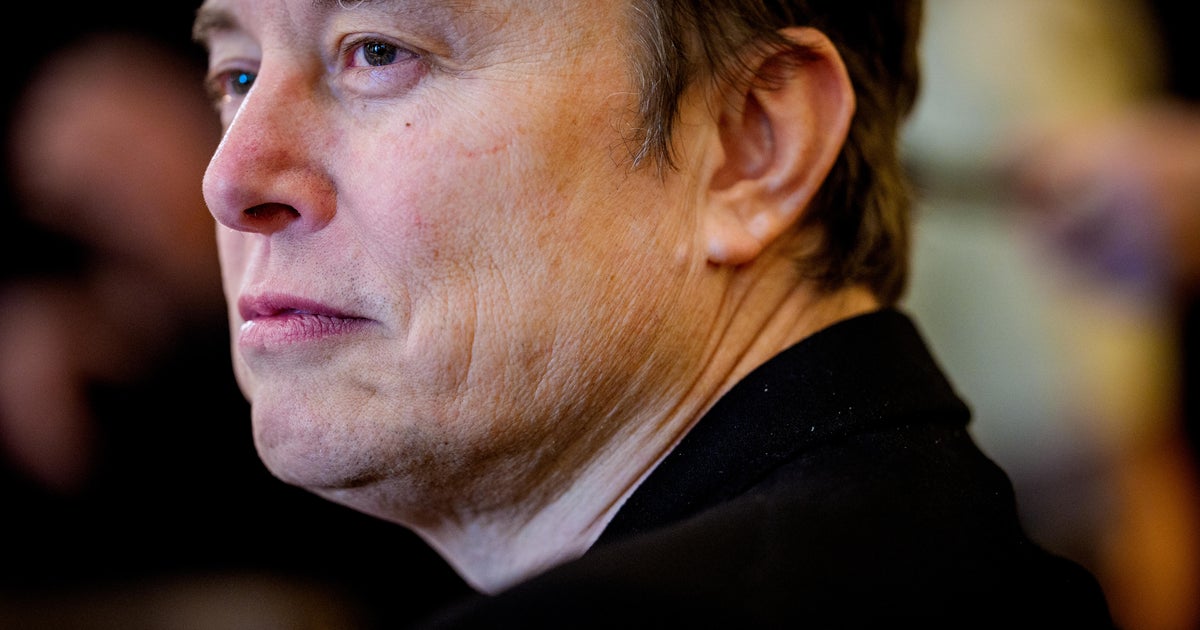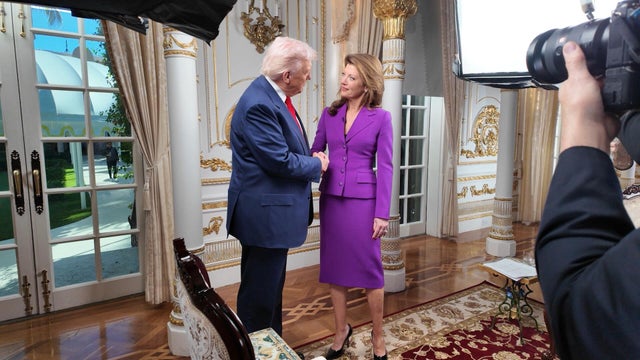

No response returned

Tesla shareholders on Thursday approved a for CEO Elon Musk that is potentially worth up to $1 trillion over a decade, despite some prominent investors criticizing the size of the compensation plan.
The plan, one of the richest compensation packages in corporate history, would be delivered to Musk — the richest person in the world, with a — if Tesla hits certain performance goals under his leadership. Meeting such targets would make him the world's first trillionaire.
Norway's sovereign wealth fund, which holds a stake in Tesla, on Tuesday said it would vote against the pay package, while investment advisory firms Glass Lewis and ISS also recommended shareholders vote against it.
The vote comes at a delicate time for Tesla, with the electric car maker's sales after Musk spearheaded the Trump Administration's Department of Government Efficiency, or DOGE. His role overseeing the layoffs of thousands of government workers antagonized some consumers, with Yale University researchers saying Muks's actions by as many as 1.2 million vehicles over the past three years.
Musk from DOGE in May, promising to refocus on Tesla.
One prominent Wall Street analyst, Dan Ives of Wedbush Securities, said the generous pay package is necessary to ensure Musk remains committed to Tesla.
"Tesla's board members have asked shareholders to approve a long-term incentive package for Musk to retain and motivate the CEO to remain in his current leadership role with a new share package where he will only be paid if he attains 'extraordinary financial returns,'" Ives said in a Nov. 5 research note.
The package requires Tesla to hit certain milestones, such as reaching a market cap of $8.5 trillion, or about six times its current valuation of $1.4 trillion, shipping 20 million vehicles and delivering 1 million of Tesla's humanoid "Optimus" robots.
Despite Musk's controversial leadership, the company's sales and stock price have soared over the years. Since it went public in June 2010, the company's stock has returned almost 35,000%, compared with a roughly 550% gain in the S&P 500 over the same time period.





